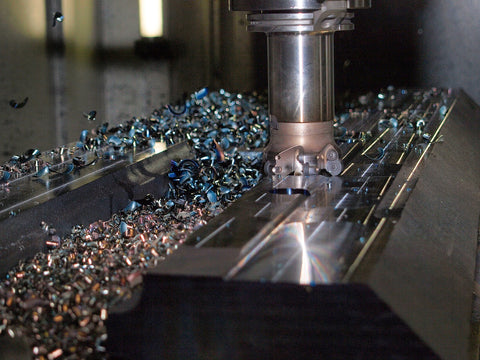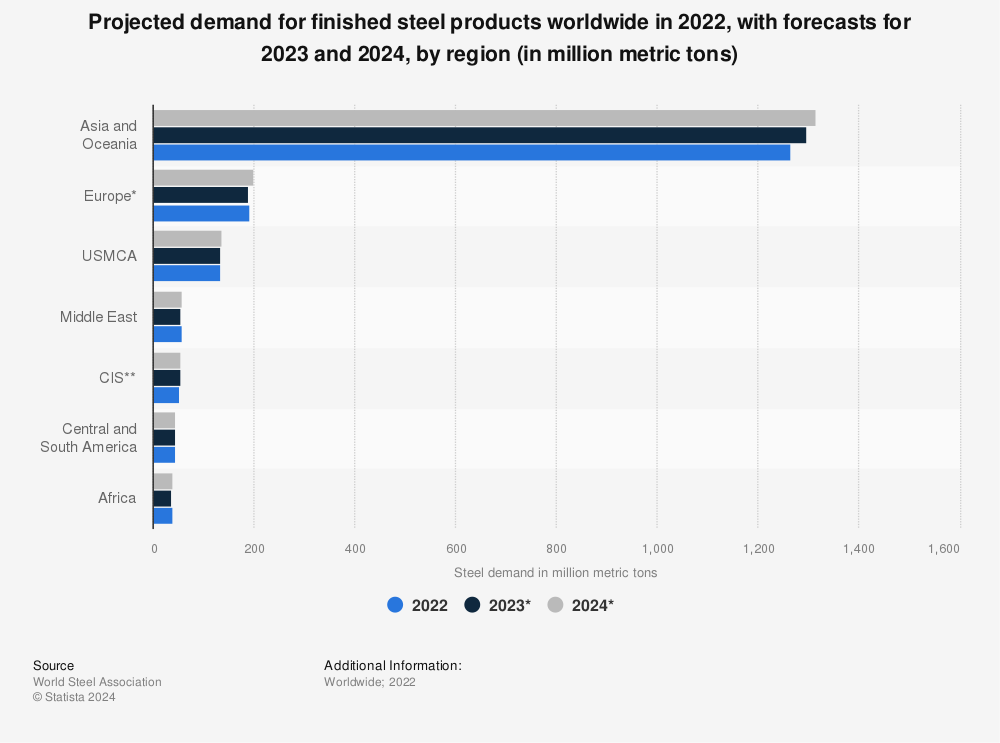Metal-Projects | Production | CNC machining - Costs
Share
There are no fixed expenses in CNC machining that can be applied consistently to various machining tasks. A project's cost for CNC machining is jointly affected by a number of elements. Understanding those aspects and how much they effect cost is advised because cost is a key issue in the majority of initiatives.
You may optimize your project to get the most out of it by using the information in this article to better understand the primary elements that affect CNC machining costs.
Cost-influencing variables for CNC machining
Equipment, materials, design, manufacturing volume, and finishing procedures can be categorized as the most significant influences on the cost of CNC machined parts.
Equipment and machinery
Before any cutting takes place, equipment costs are purchased. They are setup expenses, though, and they affect how much the machining project will cost. The more expensive a machine is to buy, run, and maintain, the more expensive the parts produced by it will be.

How to choose the type of CNC machine
Numerous machining procedures are used in CNC manufacturing. They consist of milling, turning, boring, and drilling. The majority of these operations are performed on a CNC mill or lathe.
The machine's own efficiency is a different consideration. Over time, CNC machines have undergone significant development. Early NC and CNC machines pale in comparison to today's highly developed CNC machines. Modern machines operate much more quickly and effectively. Long-term, this speed results in less expensive part production.
How to choose the tooling for CNC Machining
The price of the cutting tools also affects the overall equipment cost. This cost is influenced by the tool's geometry, coating, and material. For instance, cemented carbide tools cost more than twice as much as tool steel tools despite being stronger, more heat resistant, and able to handle severe speeds.
Why CNC Milling is more expensive
Because they have more complicated moving parts, require more setup, operation, and maintenance work, and can perform more complicated operations, mills often cost more than lathes. Therefore, CNC milling is typically more expensive than any other process.
Different types of milling machines exist, each with a different level of capacity and complexity. A milling machine will cost more the more axes it has. Most contemporary CNC machines have three or five axes. Although 5-axis machines can more reliably and quickly produce very complex geometries (thus they need less machining time), they are typically more expensive than their 3-axis equivalents.
Set-up costs
The expenses made in advance of the actual machining are included in setup charges. All CNC-machined components start off as 3D models. Using CAD (Computer Aided Design) software, the 3D model is created by design professionals. The materials needed to produce a 3D model that will be created account for a sizeable amount of the setup costs.
Design optimization and CAM (Computer Aided Manufacturing) preparations for models to be made using the necessary CAM software are also included in setup expenses.
Material
How the price of the material influence the cost of CNC machining
One of the most significant cost factors is the material used to make a part. A material that needs to be machined comes at a price. The price of the actual material is the first of these. Varying materials have different costs, and these costs are influenced by the materials' accessibility, marketability, and overall production costs.
Typically, metals are more expensive than other types of materials. Even tho prices might change and local variations in pricing can occur. Now they are used even more than ever and the demand is still growing.
Chart by Statista
The material's machinability, a crucial consideration
Machinability is a significant cost factor in addition to the cost of the materials. Low machinability materials require more time and effort to work with, and in the world of CNC machining, time truly is money. A machined part's cost and processing time are directly inversely correlated. Materials that are difficult to machine also use up more resources, such as cutting fluids, electricity, and cutting equipment.
Design and geometry
The geometry and design of the part have a big impact on how much CNC machining costs.
A generalization is that a part's manufacturing cost will increase with its complexity. Complex parts might need more sophisticated equipment. Additionally, they demand longer machining times, more passes and setups, more resources, and more thorough inspection. All of these factors affect part prices.
Certain part characteristics and designs in CNC machining invariably drive up cost. These include inscriptions, deep voids, thin walls, sharp internal corners, and non-standard hole sizes. These and the other qualities we've gathered that are inefficient in terms of cost should be avoided unless absolutely necessary. Additionally, a number of passes and inspections may be necessary depending on certain design requirements like surface roughness or tolerancing options.
Also, large parts are logically more expensive to manufacture as they require more raw material, resources, and manufacturing effort and time.
Production volume
Reduce the cost of CNC machining with high-volume production
The cost per unit for a set of identical parts reduces significantly as the number of parts increases. This proportional reduction in cost is a result of the elimination of repeated set-up cost. The CAD design, CAM preparation, and machine set-up are handled once and for all the parts to be manufactured.
Finishing operations
Parts produced by CNC machining can be used just as they are. To enhance their functioning, characteristics, and aesthetics, parts for some applications must undergo post-processing procedures such heat treatment, surface finishing, and coating. Each of these raises the cost of a part.



